Vocal Microphones
1-40 of 82 productsFilter

Shure SM58 Microphone
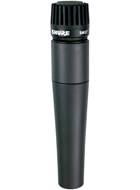
Shure SM57 Microphone
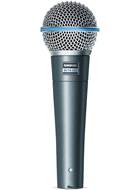
Shure Beta 58A
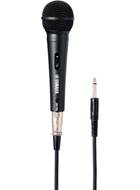
Yamaha DM105 Dynamic Microphone
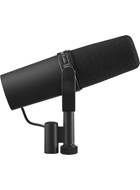
Shure SM7B Mic

Audio Technica AT2020 Large Diaphragm Condenser
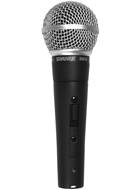
Shure SM58SE Switched
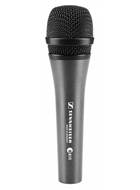
Sennheiser E835 Cardioid Dynamic Microphone
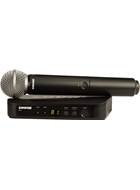
Shure BLX24UK/SM58 SM58 Vocal System

Shure BLX288UK/SM58 Dual SM58 Handheld Wireless System
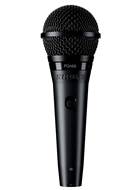
Shure PGA58-XLR-E
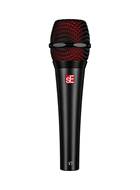
SE Electronics V7 Black Dynamic Microphone
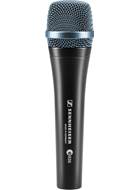
Sennheiser E935 Cardioid Dynamic Microphone
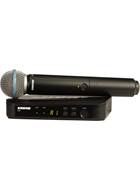
Shure BLX24UK/B58 Beta 58A Vocal System
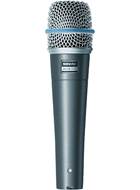
Shure Beta 57A

Neumann TLM-102 Nickel Studio Set Inc Shockmount
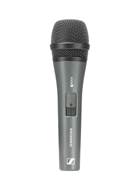
Sennheiser E835-S Dynamic Microphone
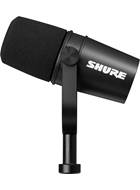
Shure MV7X Dynamic Microphone
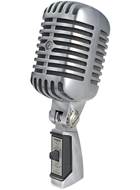
Shure SH-55 II Classic Microphone

Neumann KMS105 Handheld Condenser Mic Black
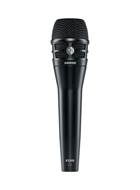
Shure KSM8 Black Dualdyne Microphone
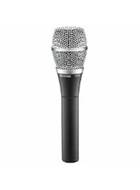
Shure SM86 Handheld Condenser Microphone
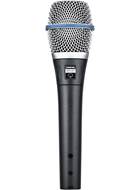
Shure Beta 87A Electret Condenser Vocal Mic
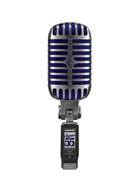
Shure Super 55 Deluxe Vocal Mic
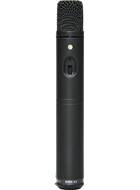
Rode M3 Condenser Microphone
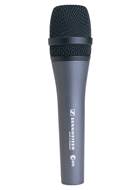
Sennheiser e845 Vocal Mic
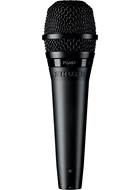
Shure PGA57-XLR

Neumann TLM-103 Black Studio Set

Sennheiser MD421 II
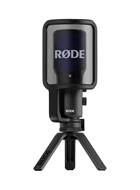
Rode NT-USB+ USB Condenser Microphone

SE Electronics sE2200 Condenser Microphone

Marantz MPM-1000U
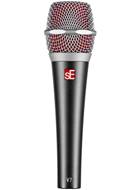
SE Electronics V7 Dynamic Vocal Microphone
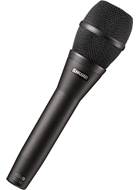
Shure KSM9 Mic Grey
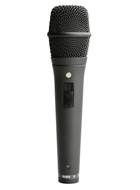
Rode M2 Condenser Microphone

Neumann KMS105 Handheld Condenser Mic Nickel
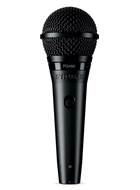
Shure PGA58-QTR-E
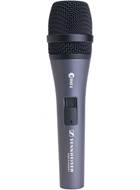
Sennheiser E845S Dynamic Vocal Microphone
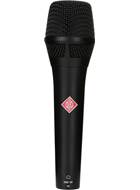
Neumann KMS104 BK Black Vocal Microphone
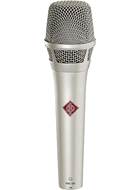
Neumann KMS 104 Handheld Condenser Mic (Nickel)
About Vocal Microphones
Vocal Microphones are vital to any gigging singer, studio musician or even streamer/podcaster. With that said it can be a whole world of questions when you're first exploring vocal mics, so let's start with types such as dynamic microphones and condenser microphones. Comparing the two, dynamic mics (such as the Shure SM58) are typically more rugged, less sensitive, more directional, and do not rely on external power to operate making them great for live performance.
Vocal microphones (Such as the Rode NT1A) typically have less sound rejection, a high sensitivity, and must be powered by 48V Phantom Power on an interface. Another term you may see when looking at vocal mics is polar patterns, this refers to the area the mic will pick up sound. Vocal microphones are typically, but not always, cardioid meaning they pickup sound directly in front but not behind which is why they are chosen for live use. Vocal mics can have a variety of patterns from bi-directional (sound from the front and back), Omnidirectional (sound from all around), and supercardioid (sound mainly from the front but some from the back). There are exceptions to each but these are the terms to look out for.
The last term to help make your choice is diaphragm size. In simple terms, a large diaphragm mic (often used on drums, guitars and loud vocals) means it takes more sound volume going into the mic before it begins to pick up a signal. A small diaphragm mic (can be used for detail like spoken word) means it takes less sound volume before it starts to pick up a signal. Now that you know these terms it should be easier to choose the right vocal microphone for you. You don't have to go for expensive mics to get a great sound, if you're starting out look for a mic with a neutral frequency response as this means the mic won't colour your sound and you get a natural tone. Vocal mics are versatile microphones and work both live and in the studio due to their great sound rejection for ambient noise. Vocal mics are good for the studio musician or producer looking for something to pick up all the detail of a voice or even an acoustic guitar!
Why Should I Choose a Vocal Microphone?
- Designed for vocals and their intricacies
- Designed to handle live use
- Vocal mics are versatile enough for vocals and acoustic guitar!

